For centuries, farmers and gardeners have looked to the sky for guidance, observing the moon’s phases to decide when to plant, prune, harvest, and rest. This age-old practice, known as moon gardening or lunar gardening, blends tradition with observation of natural cycles. While modern science may not fully explain all its results, many swear by its effectiveness and find harmony in aligning their gardening routines with lunar rhythms.
Understanding Moon Phases and Their Influence
The moon moves through a cycle of phases every 29.5 days, starting with the new moon and progressing through the waxing crescent, first quarter, waxing gibbous, full moon, and then waning back through the same stages in reverse.
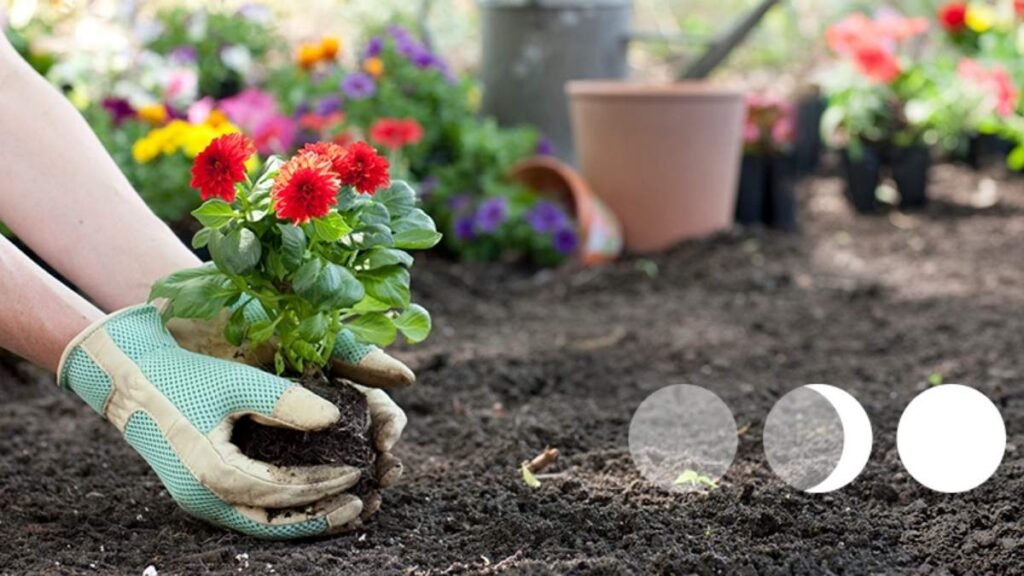
The key idea behind gardening by the moon is that these phases affect moisture in the soil similar to how the moon influences tides. During the waxing phase (from new to full moon), it’s believed that moisture is drawn upward, encouraging leaf and stem growth. In the waning phase (from full to new moon), energy is thought to shift downward, supporting root development.
The Waxing Moon: Ideal for Above-Ground Crops
The waxing moon period is when the light of the moon increases. This is seen as a time of growing energy and vitality. During this phase, gardeners traditionally plant crops that produce above the ground and whose seeds are located outside the fruit.
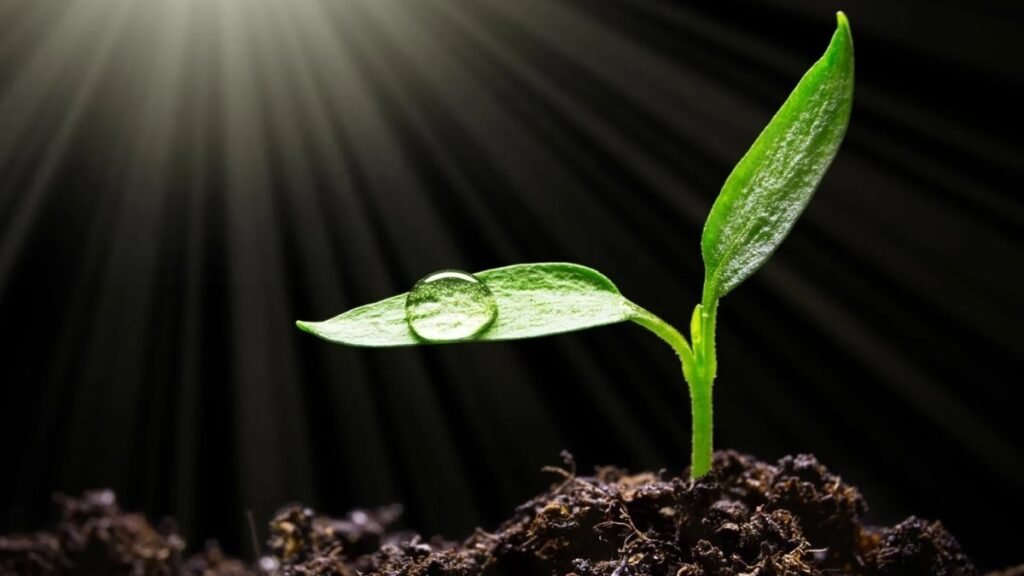
This includes vegetables and herbs such as lettuce, spinach, broccoli, parsley, and basil. It’s also a good time to graft trees, sow annual flowers, and transplant seedlings. The moisture drawn up in the soil helps these plants take root and start their journey skyward.
The Full Moon: A Pause Before Transition
The full moon marks a moment of fullness and peak energy. In lunar gardening, this is seen as a turning point. It’s not the best time to plant, but it’s ideal for harvesting and gathering medicinal herbs at their most potent. Some gardeners also choose to water their gardens now or apply compost, believing that the full moon enhances nutrient absorption.
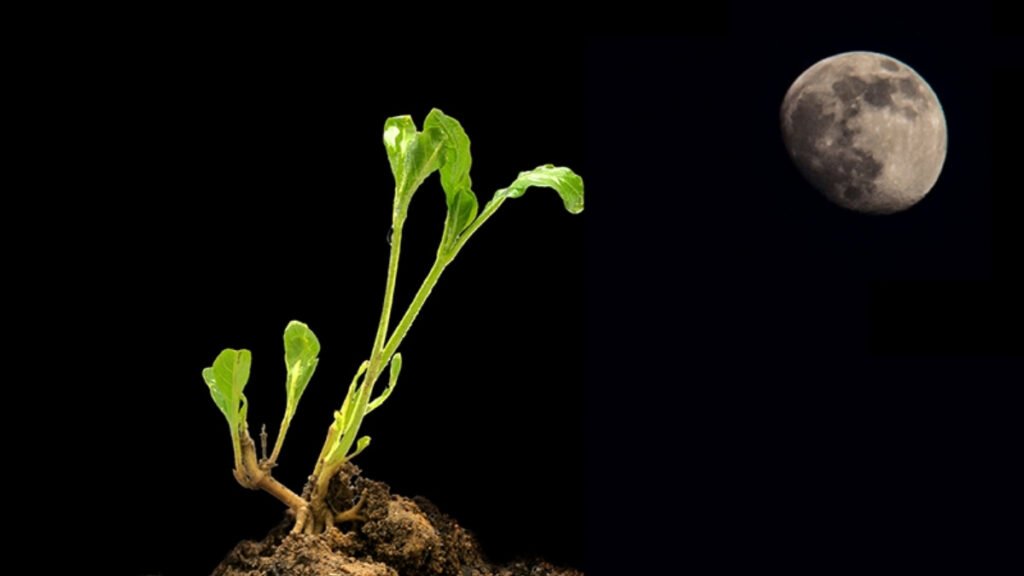
The Waning Moon: Focus on Roots and Underground Crops
After the full moon, the light begins to fade, and the waning phase begins. This is the time for root crops, bulbs, and perennials plants that benefit from strong root development. Since lunar gravity is thought to pull energy and moisture downward, this period supports growth below the surface.
Carrots, beets, onions, potatoes, and garlic are well-suited to this phase. It’s also a good time to prune trees and shrubs, mow lawns to slow growth, and remove weeds, as they’re believed to be less likely to return.
The New Moon: Rest and Reflection
The new moon is a time of darkness and stillness in the lunar cycle. It’s considered the least active time for growth, making it a natural period for gardeners to rest, plan, and prepare. Activities like tool maintenance, soil testing, and bed preparation are well-suited to the new moon. It’s also an excellent time to reflect on the previous cycle and consider adjustments for the next.
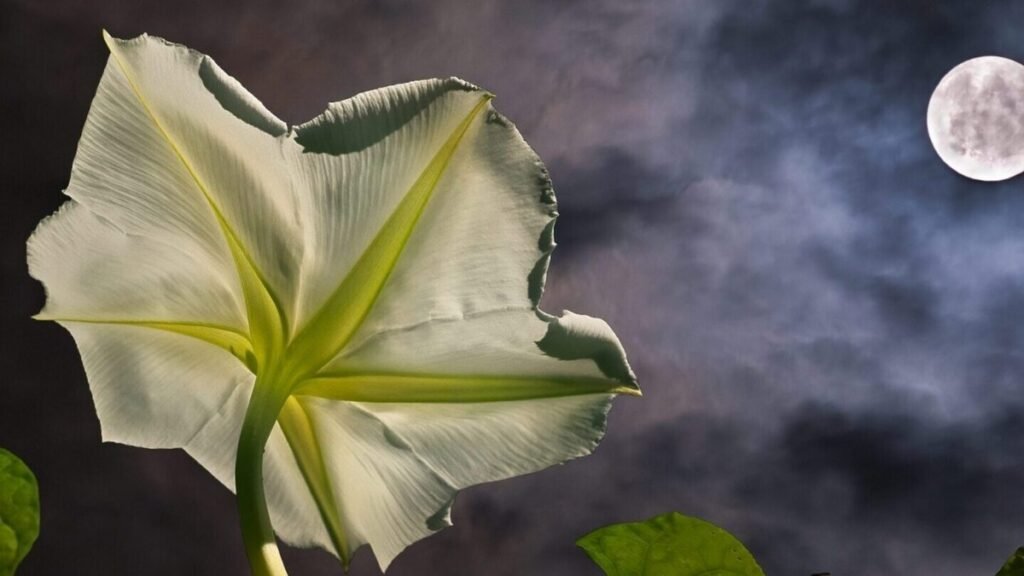
The Moon in the Zodiac: Adding Another Layer
In addition to moon phases, some lunar gardeners also consider the moon’s position in the zodiac. Each of the twelve zodiac signs is associated with one of the four elements: Earth, Air, Water, and Fire. These elements correspond to different plant parts roots, flowers, leaves, and fruits.
For example, when the moon is in a Water sign like Cancer, Scorpio, or Pisces, it’s believed to favor leafy growth. Earth signs like Taurus, Virgo, and Capricorn support root crops. Fire signs are linked to fruiting plants, and Air signs are best for flowers.
While this layer adds complexity, many gardeners who follow it closely say they experience more consistent results. It’s not necessary to dive into zodiac gardening right away, but it can offer deeper insight and alignment with nature’s rhythms for those who are curious.
Benefits of Lunar Gardening
One of the biggest benefits of gardening by the moon is becoming more mindful of nature’s cycles. It encourages observation, patience, and planning all traits that help a garden thrive. Many gardeners report better germination rates, healthier plants, and more productive harvests.
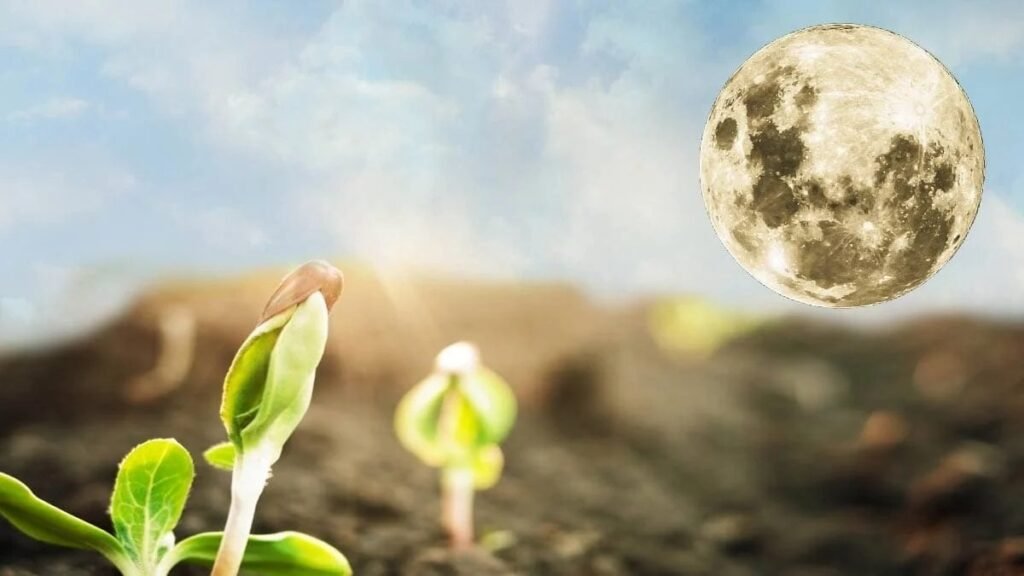
Even if the scientific evidence is still debated, the intentional rhythm of moon gardening creates a deeper connection between gardener and garden. It slows things down, moving away from the rush of industrial agriculture and back into nature’s pace.
Creating Your Own Lunar Gardening Calendar
To get started, you’ll need a lunar calendar that shows the moon phases for your region. These calendars are often available online or in almanacs. Start by observing the major phases new moon, first quarter, full moon, and last quarter.
From there, plan your tasks accordingly:
- New Moon to First Quarter (waxing crescent): Sow leafy annuals
- First Quarter to Full Moon: Plant fruiting annuals
- Full Moon to Last Quarter (waning gibbous): Plant root crops and perennials
- Last Quarter to New Moon: Weed, prune, and rest
Keep a gardening journal to track what you plant and when. Over time, you may notice patterns or results that help refine your approach.
Challenges and Considerations
Lunar gardening isn’t without its challenges. Weather, pests, and soil health all play huge roles in a plant’s success, and moon phase timing alone can’t override those factors. Flexibility is key sometimes you’ll need to plant when the weather cooperates, even if it’s not the “ideal” moon phase.
Also, gardening by the moon can feel overwhelming at first. Don’t worry about getting it perfect. Start with a few key planting windows, and build from there as you gain confidence.
Final Thoughts on Gardening by the Moon
Gardening by the moon is about more than just when to plant it’s about syncing with natural rhythms and respecting the subtle influences of the cosmos. Whether or not you believe in the energetic pull of lunar phases, the practice encourages intentional gardening and a slower, more thoughtful relationship with the earth.
Try it for a season. Watch the sky, mark the phases, and keep notes. You might be surprised by what grows not just in your garden, but within your own awareness as a gardener.

